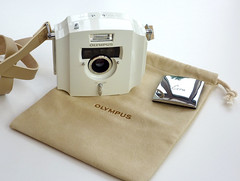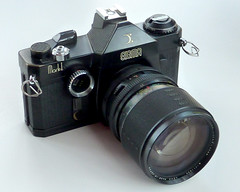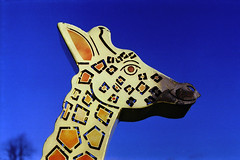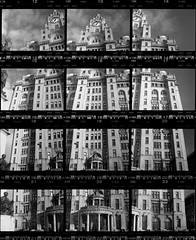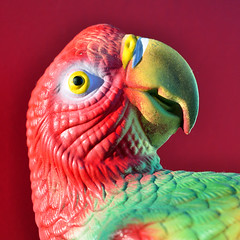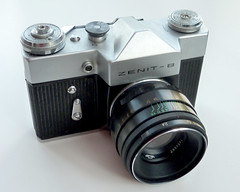I've never blogged before, and though I decided on my 52 camera project a few weeks ago, it only occurred to me last night to link it to a blog, so here goes.
Over the years I've acquired a number of cameras, mostly from boot sales and charity shops, but a few are more up market, and one or two were even new when I bought them!
Photography is a long standing hobby, but it was the advent of affordable digital photography that got me back into it, and paradoxically led me back to film. Last year I shot around 40 rolls of 35mm film, the most I've used for decades.
It's cheap, I buy film from Poundland, or else use recently expired film at a cut down price. My local supermarket minilab develops the film for £1, and I then scan it at home.
No doubt the 52 cameras project will evolve, but the plan is to use a different camera each week for a year. I'll select the cameras a couple of weeks before I use them, and make sure they are in working order, then either start a new roll of film or carefully transfer a partially used film from the previous week's camera, so it could be three to four weeks before a given set gets developed.
It's a cold, crisp winter's day today, so time to load the first film...
